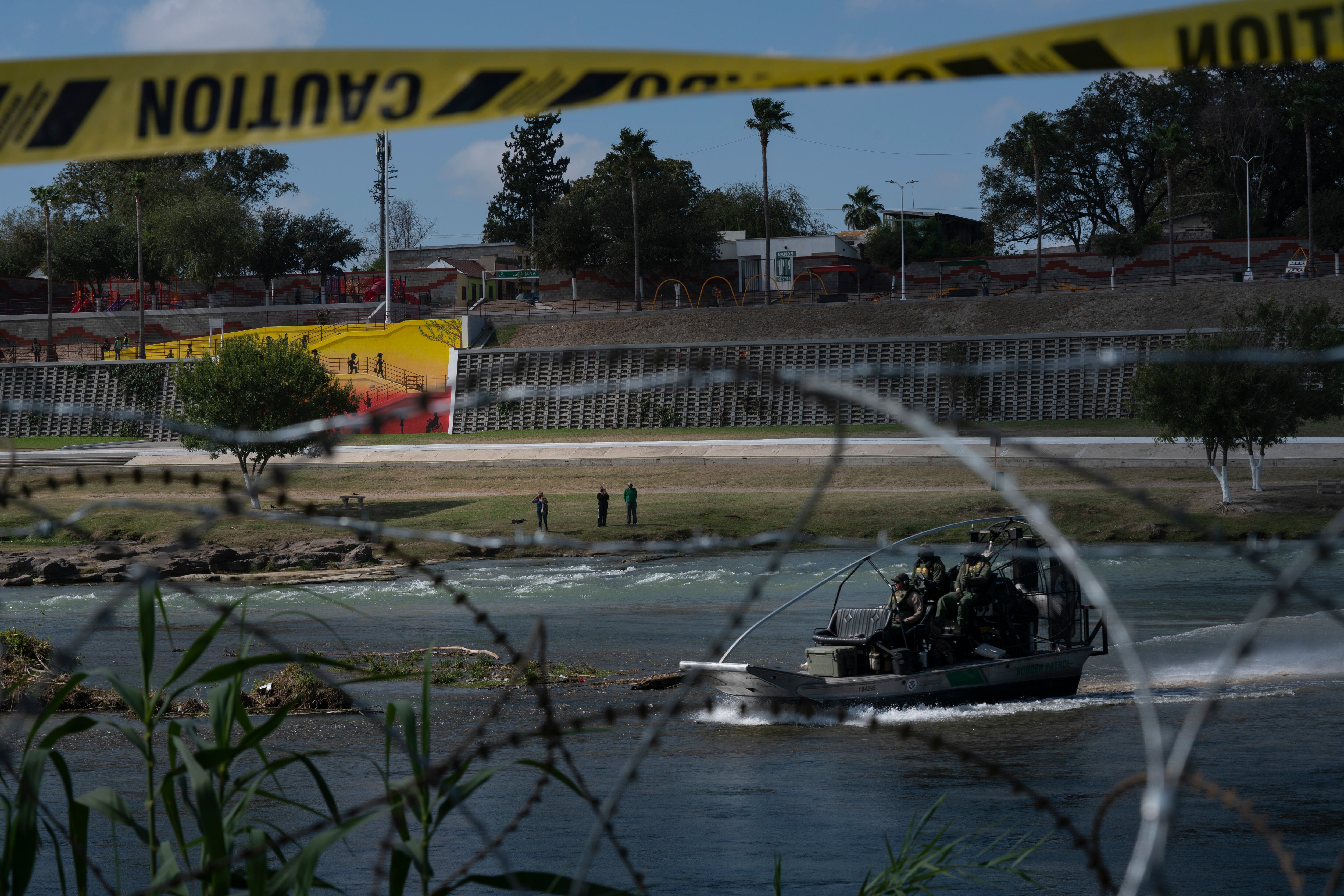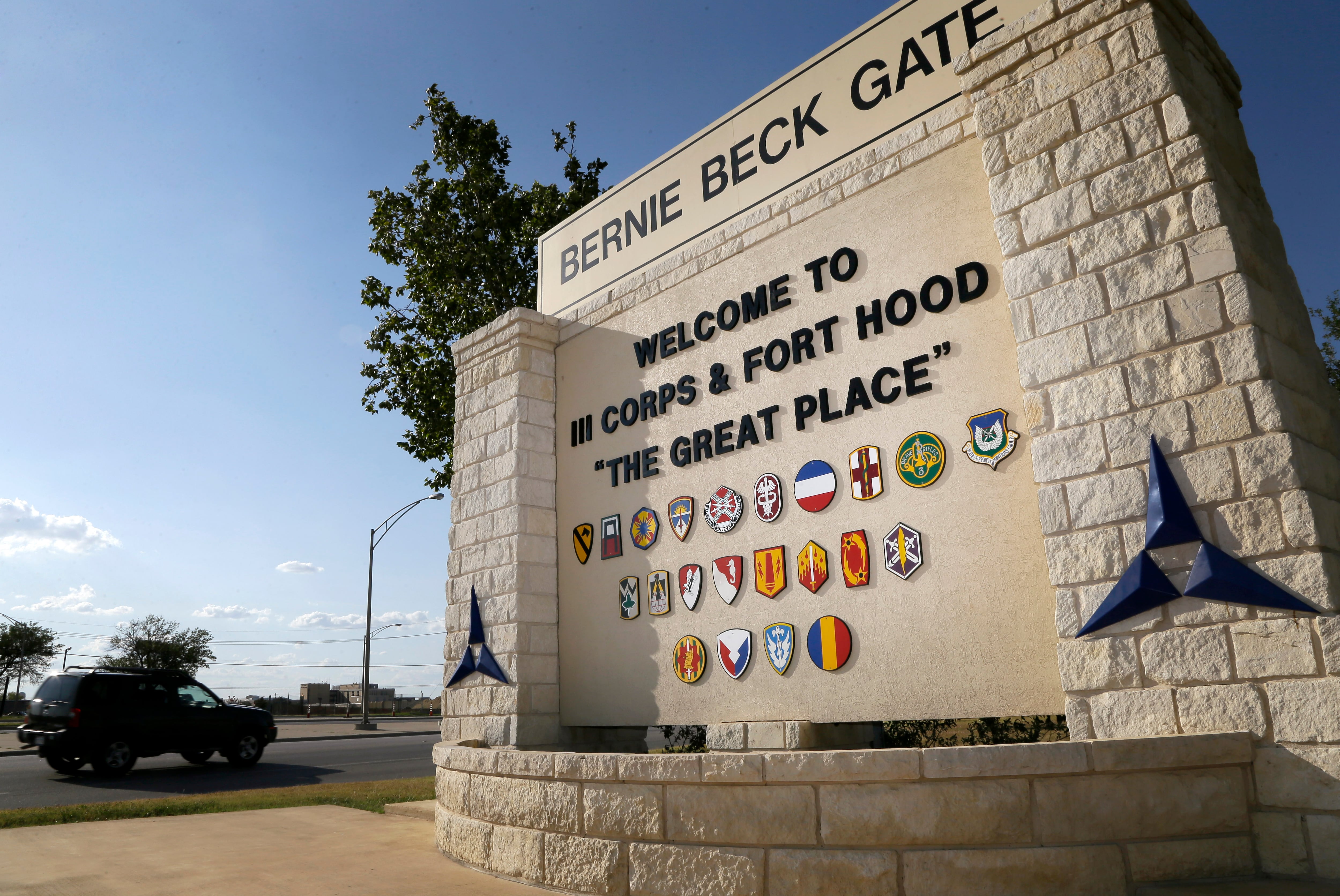This article is co-published and co-reported with the The Texas Tribune, a nonprofit newsroom that informs Texans about state policy and politics. Sign up for The Brief, its daily newsletter.
The river was moving swiftly the morning Spc. Bishop Evans jumped into the Rio Grande near Eagle Pass to save two migrants who appeared to be drowning.
The risk was great. In the past month, at least 23 migrants had drowned in those waters. And rescues by Guard members patrolling the river were a regular occurrence.
The 22-year-old part-time field artilleryman from Arlington, Texas, was found dead Monday — ending a four-day search for his body, which had been washed away by the river. He was one of 10,000 National Guard members deployed to Operation Lone Star, Gov. Greg Abbott’s prized mission to secure the Texas-Mexico border.
Evans jumped into the raging waters without a flotation device, the Texas Military Department said in an email Tuesday in response to inquiries from The Texas Tribune and Military Times.
He took that risk because, like many other troops on the mission, he wasn’t outfitted with the potentially lifesaving equipment.
The Texas Military Department ordered rescue ropes and hundreds of ring buoys in February to increase safety for water rescues. But the equipment had not yet arrived to most Guard members at the time Evans died.
“The incident is still under investigation, however we do not believe SPC Evans had a floatation device at the time of death,” the Texas Military Department’s public affairs staff said Tuesday in an unattributed statement. “We only received about 25 percent of the requested equipment due to delays from the vendor and global supply chain issues.”
The public affairs staff also said it made the request for equipment in February as part of its plan to address “gaps in equipment and safety gear.”
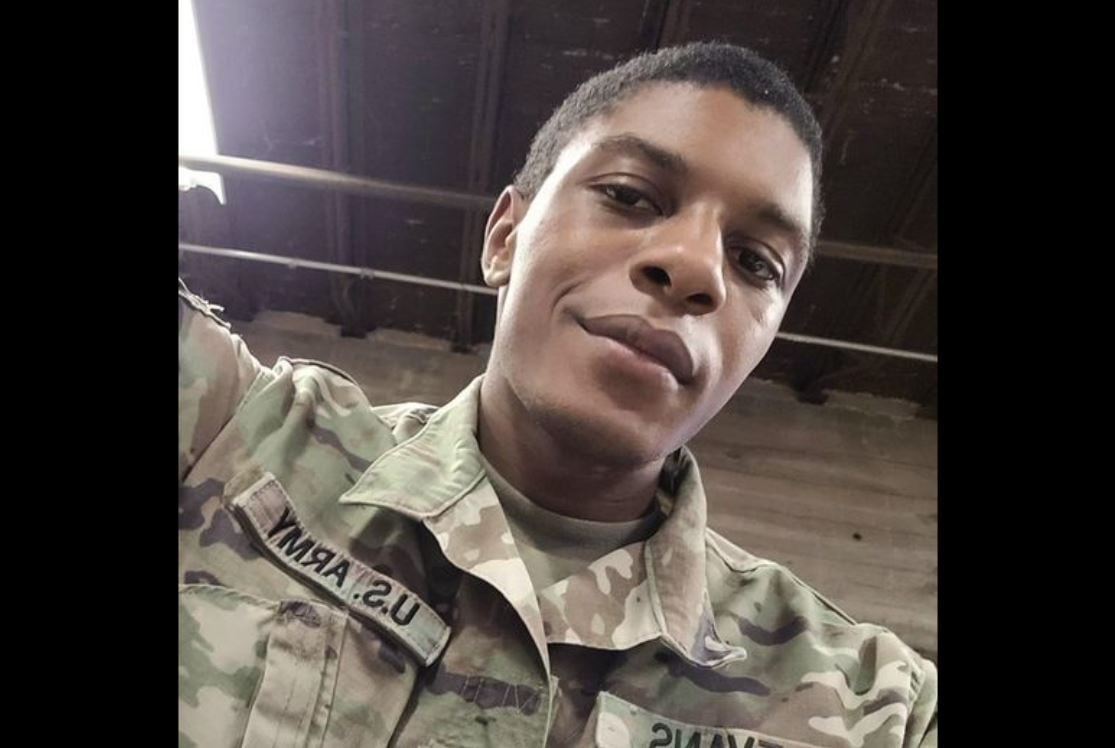
It’s not clear why the equipment wasn’t requested until February, 11 months after the mission began in March 2021. For months, soldiers have decried a lack of equipment on Abbott’s hastily deployed border mission, but the absence of water equipment is the first time that lack of supplies may have contributed to a soldier’s death.
Two Guard officials specializing in logistics told Military Times and the Tribune that the Texas Military Department sat on a request for flotation devices for three weeks before it was approved. The delays, those officials said, were avoidable and highlight the dysfunction plaguing the unprecedented $2 billion-per-year state mission.
The logistics officials, and eight other troops posted along the Rio Grande, spoke to Military Times and the Tribune under condition of anonymity after they were explicitly warned by military leaders against talking to the press.
The delays are new evidence of TMD’s staggering failure to ensure its troops have the equipment they need. Military Times and the Tribune previously investigated how haste and planning failures overwhelmed the department’s bureaucracy and led to significant hardship for the thousands of troops involuntarily mobilized.
Lawmakers are now calling for investigations into the lack of equipment.
“For any member of our Guard or DPS [Department of Public Safety] who are sent to the border along the river to not be assigned basic, inexpensive safety equipment is unforgivable,” said state Sen. Roland Gutierrez, D-San Antonio, who said he has requested information on whether service members have access to water equipment. “We believe the death of Bishop Evans was avoidable if he had been provided with the proper equipment.”
Known danger
Spc. Hunter Schuler, a soldier on the border mission who represents a group of newly unionized soldiers, said Evans’ death was tragic, preventable and unnecessary. He criticized the military department for not providing service members with water equipment.
“It is astonishing that with thousands of soldiers stationed along a river that has claimed countless lives over the years, we have yet [to] be issued flotation devices of any kind,” Schuler said.
The Texas Military Department said in its statement that service members are “strongly advised not to enter the water at any time for their safety” and that they are not given instructions or training on water rescue due to that restrictive posture.
In contrast, Border Patrol agents patrolling those areas are equipped with flotation devices and rescue ropes and are required to carry them while on assignment, said Jenn Budd, a former U.S. Border Patrol agent.
Border Patrol agents have been busy rescuing migrants for the last month from the stretch of river where Evans died. A spokesperson for the agency told The Washington Post that agents rescued a dozen people in the same area two weeks ago after they were swept off their feet by a swift current.
A Border Patrol union representative told the newspaper that 11 bodies had been found this month on the U.S. side of the river along a stretch of the Rio Grande that extends west to Del Rio. At least 12 were found on the Mexican side.
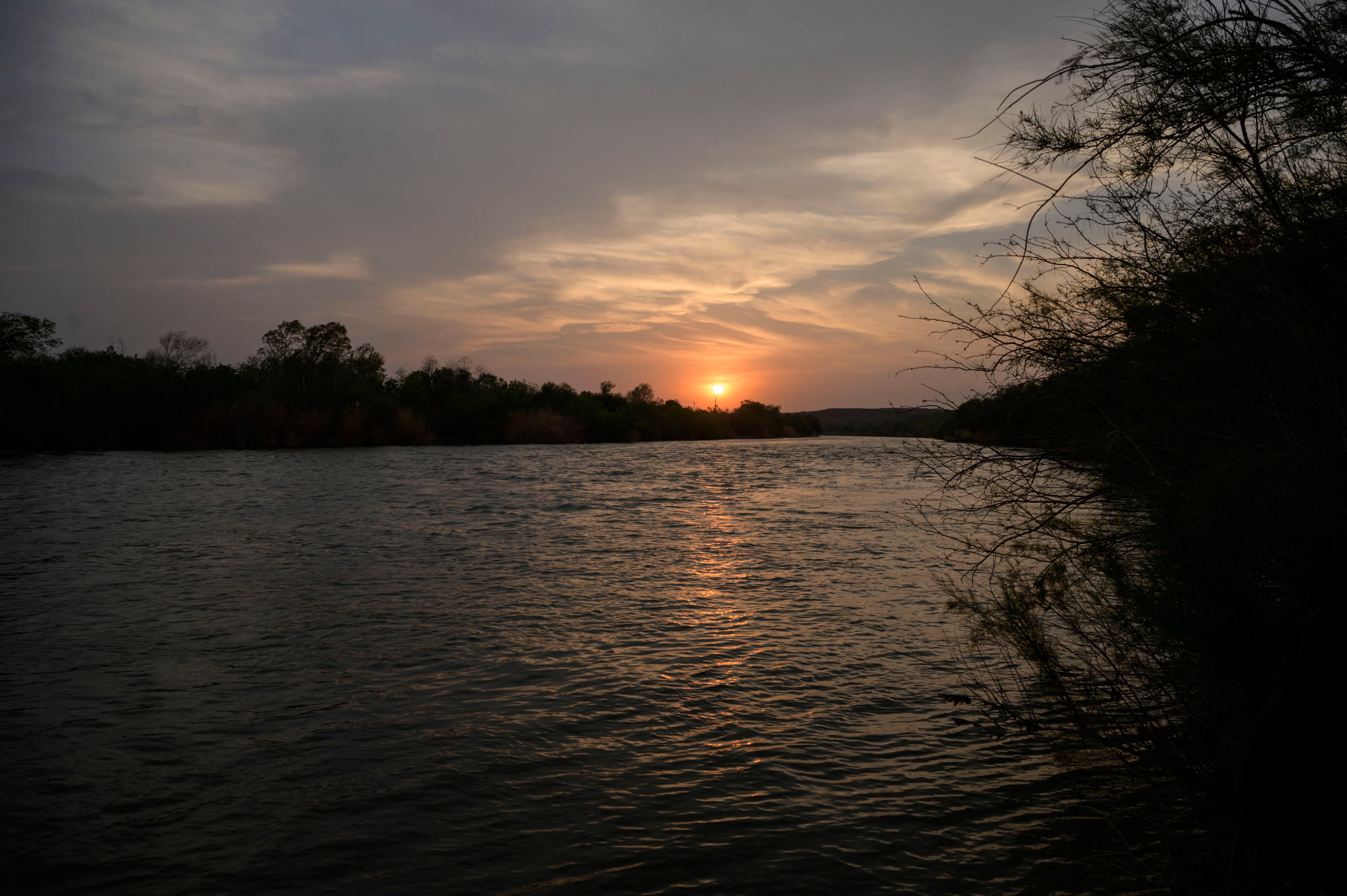
Texas Guard officials have been aware of the danger for months, too. Six troops told Military Times and The Tribune that water rescues have been occurring despite guidance to avoid the water.
A source familiar with incident reporting said that Operation Lone Star troops have been performing about 15 to 20 water rescues each month.
Officials from the two main state agencies participating in the mission said they do not keep track of water rescues.
Department of Public Safety spokesperson Ericka Miller said that water rescues are “not information the department tracks.” The Texas Guard then admitted that it also does “not track water rescues” because they “are not part of our security operations.”
The military department acknowledged that service members were acting heroically to conduct water rescues, despite instructions to stay out of the water.
“When someone puts on a uniform, they do it because they want to help and serve the community and country,” the department said in its written response. “We are proud of the hard work and dedication of our service members, not knowing the dangers they may come across that day.”
The statement also said Evans will be granted a posthumous award.
“SPC [Evans] sacrificed himself, so that somebody else may live,” the statement said. “That kind of selfless service act represents the soldiers and airmen we have serving in our force.”
Logistics logjam
The junior of the two logistics sources told Military Times and the Tribune that the border task force had requested the safety equipment in February with a one-week delivery timeframe.
The senior logistics official also disagreed with the Texas Military Department’s reasoning that supply chain issues held up the delivery.
Trying to “get anything purchased in a timely manner is almost impossible,” the official lamented, due to administrative bottlenecks and “friction points along the way.” In the case of the late February purchase order, the Office of State Administration took three weeks to process it despite the one-week delivery request.
RELATED
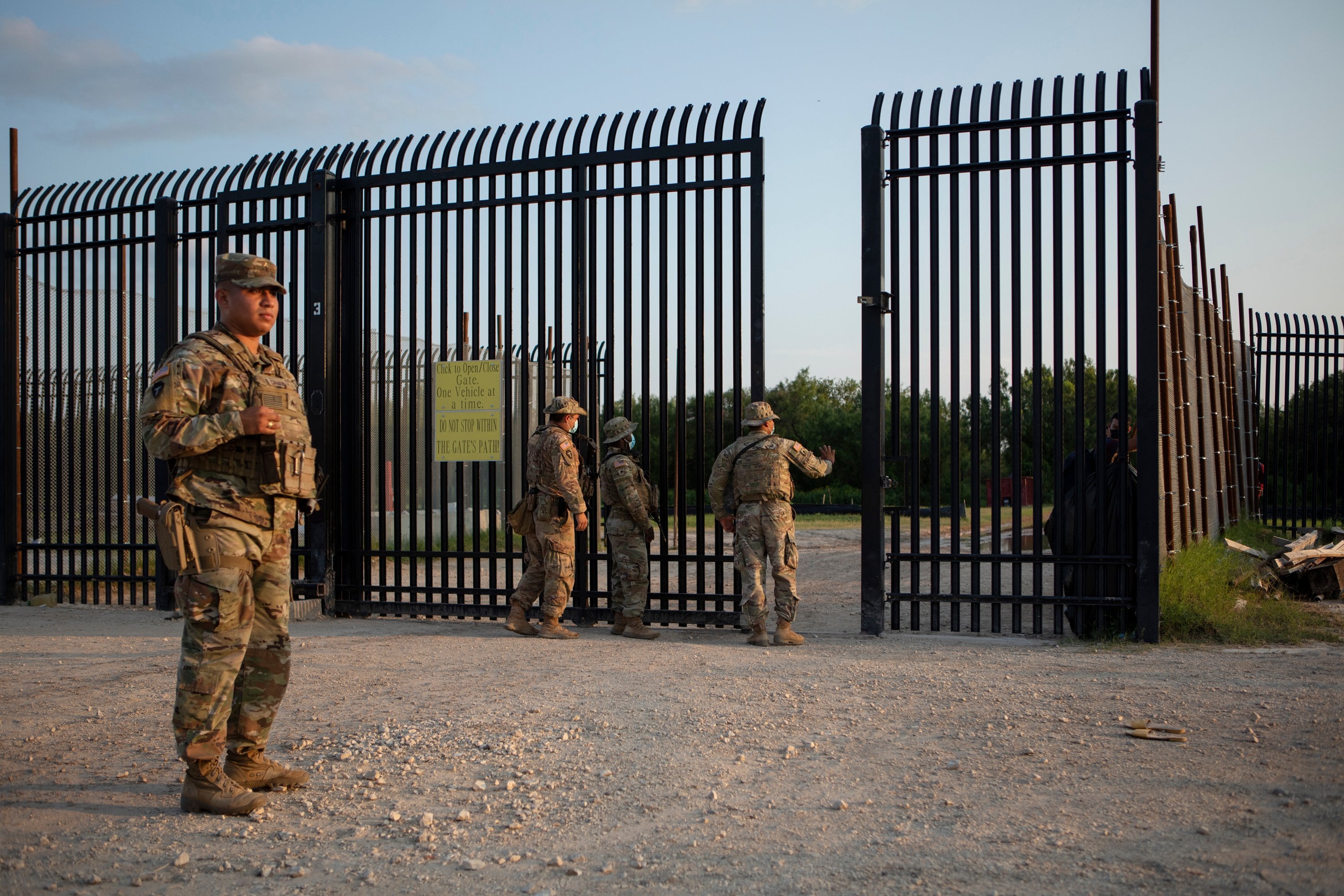
Early on in the mission, the senior logistics official said, units on the border were able to meet critical equipment needs locally by using government credit cards. But that practice ended due to the agency’s desire for greater oversight on purchasing, the source explained.
As a result, the state receives hundreds of purchase requests per day from the border mission, according to the senior official. And all of them must be processed by the Office of State Administration, a small cadre of TMD state employees who have also faced recent criticism for their struggles with the mission’s payroll.
The Texas Military Department is also struggling through a financial crunch. Operation Lone Star’s cost has ballooned to more than $2 billion a year, well beyond the $412 million the state Legislature budgeted for the mission. This month, the department’s newly appointed leader, Maj. Gen. Thomas M. Suelzer, said TMD would need another $531 million to fully fund the mission beyond May 1.
That request came after state officials had already transferred $480 million to the military department from other agencies in January to keep Operation Lone Star going.
The department’s public affairs staff said TMD’s budget woes had not affected how it prioritizes lifesaving water equipment — which was ultimately approved for purchase.
Little training, virtually no equipment
While the senior official cautioned that “there’s a lot of factors” that lead to tragedies like Evans’ death, such as his local leadership and job description, they said that part of the responsibility lies with senior leadership to determine what equipment troops need to have — and then to obtain it and station it where troops can use it efficiently and effectively.
Six troops who watch the river told the Tribune and Military Times they had not been provided flotation devices.
It’s unclear how widespread the equipment shortage is — though the troops represent units spanning from Del Rio to Brownsville, in addition to various posts in between.
Only one service member, a soldier in the Laredo area, reported having any water rescue equipment at all.
A unit there received rescue throw ropes in early April after its soldiers witnessed four migrant drownings in February and prevented a fifth, the soldier said.
Davis Winkie covers the Army for Military Times. He studied history at Vanderbilt and UNC-Chapel Hill, and served five years in the Army Guard. His investigations earned the Society of Professional Journalists' 2023 Sunshine Award and consecutive Military Reporters and Editors honors, among others. Davis was also a 2022 Livingston Awards finalist.
